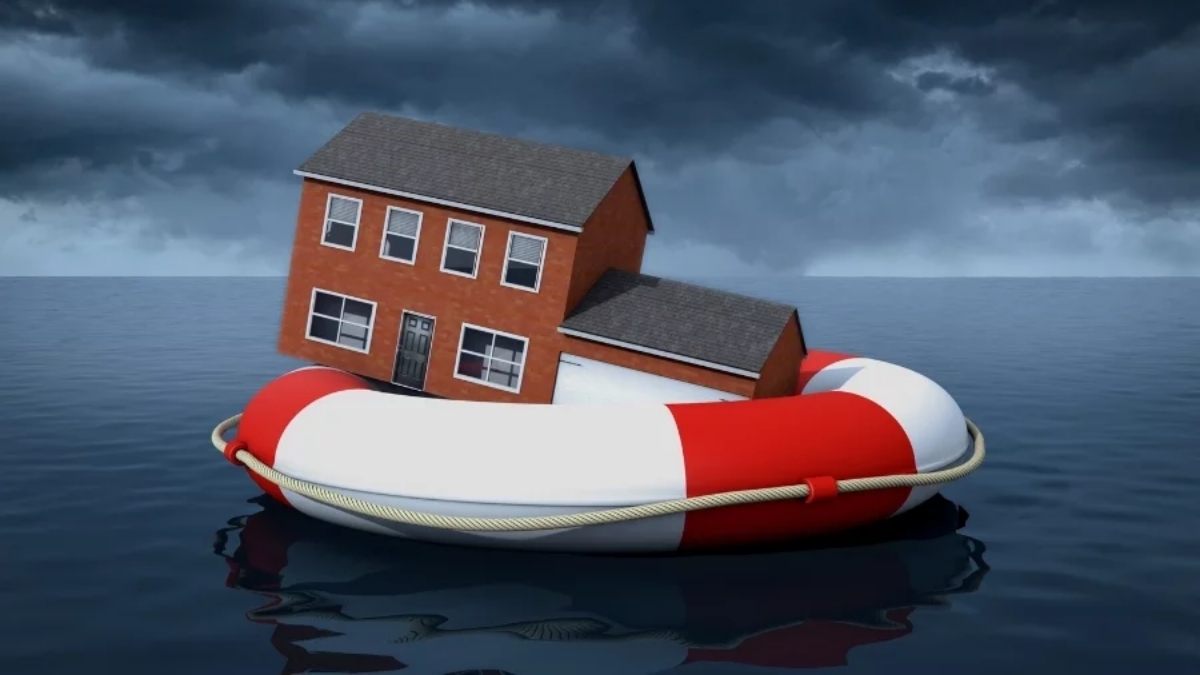
Most people consider a home a lifetime investment. When you have a signature home, you don’t want to come back to a pool of water on the floor or water pouring on the ceiling. Therefore, protecting your home from water damage is vital to preserving its structural integrity and minimizing the cost of repairs.
When you have water damage at home, you should consider a professional water damage restoration company near me for help. Here, we look at proven ways to protect your beloved home from being vulnerable to water damage.
Table of Contents
1- Ensure Regular Roof Maintenance
Investing in regular roof maintenance is one sure way to protect your home from chronic water damage. You want to ensure a stable roof over your head with no leaks or missing shingles.
Here is what the regular roof maintenance should entail:
- Enforce regular roof inspection: Check the roof for any signs of loosened-up or missing shingles. Also, check for cracked flashing or other roof weaknesses that may permit water to pass through the ceiling.
- Clean the gutters: To prevent water damage, your home should have clean gutters and downspouts on the roof. Remove all the soil sediments, leaves, and other dirt that clog the gutters and prevent water from running smoothly downspouts.
Ensure the roof gutters are always clean, stable, and debris-free for proper water drainage. To reduce clogging, consider installing high-quality gutter guards.
2 – Enforce Proper Drainage Around Your Home
Another way to protect your home from water damage is by ensuring proper water drainage around the buildings.
Here are some ways to make this possible:
- Installing a French drain: A French drain is made of perforated pipe and gravel that helps direct water away from your property’s foundation. Having a French drain is essential if you reside in a poor drainage area.
- Keep a slope away from your home foundation: The ground around your property should slope away from your home foundation. If the ground slopes toward the house, it can quickly direct water toward the foundation and flood the basement.
- Extend the roof downspouts: The downspouts should direct the water from the roof at least 3-4 feet away from the property foundation. Roof extensions can help prevent water from pooling around the property’s basement and damaging it.
3 – Waterproof All Crawlspaces and Home Basement
When your property is damaged by water, you should not hesitate to contact a water damage restoration company to waterproof the basement and crawl spaces.
Here is what to do:
- Seal all the gaps and cracks: Inspect your property for any signs of cracks and gaps and seal them. Check the floors and walls for cracks that may let water penetrate inside. Fill these gaps with a waterproof sealant.
- Install quality vapor barriers: Vapor barriers can be used on the walls and floors of the crawlspace and basement to prevent moisture intrusion. Installing vapor barriers is essential if you live in a high-humidity area or where you are most likely to experience flooding.
- Install a Sump Pump: Another trick to keeping your basement dry is installing a sump pump to pump out excess water during heavy rainfall. Sump pumps are helpful if you live in a high water table or frequently flooded area.
4 – Keep Checking the Plumbing System
Ensuring proper plumbing in your home is another way of preventing water damage. You should regularly inspect your home plumbing system for drips or leaks in pipes, faucets, and hoses.
Remember, even the most minor leaks can cause water damage to your property.
Therefore, when you notice any plumbing issues in your home, contact a water damage restoration company or a plumber to fix them on time.
Ask the plumber to replace all the worn-out pipes, especially if you have an old system. It would help if you started by replacing old pipes in vital areas like attics and the basement.
Also, consider installing smart devices like water leak detectors in your home. Install the leak detectors on walls, near appliances, and under the sinks. This way, you will always know if any water leaks need fixing.
5 – Install Water Resistant Materials in Your Home
Homeowners should install water-resistant materials in kitchen, bathroom, basements, and crawl spaces. Some materials you can use to seal such places include vinyl, tiles, and concrete. These materials are durable and less susceptible to water damage and mold growth in humid areas.
Additionally, it would help if you used water-resistant sealants and paints to protect the walls and floors. Waterproofing the walls is crucial if you live in high-moisture areas. Using a waterproof material on your property protects your home from water penetration and humidity intrusion.
Final Thoughts
Protecting your home from water damage should not be difficult if you master these tips. Take the necessary flood prevention measures if you live in a flood-prone area, landscape your home with water damage control in mind, and inspect your plumbing system regularly.
Lastly, you want to ensure regular roof and plumbing maintenance to safeguard your home from water damage when it rains heavily. If your property has water damage, contact a water damage restoration expert. These tips will protect your home from water damage and protect your investment.